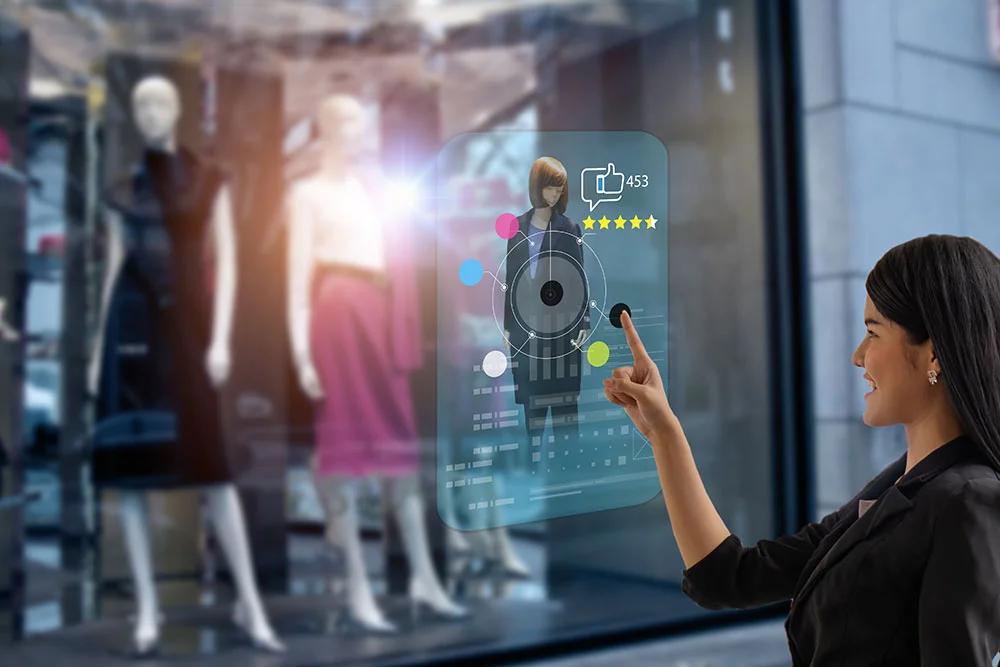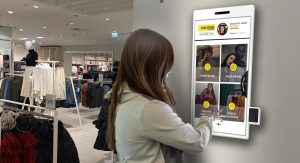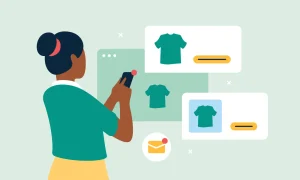Personalization in Retail: Technologies to Explore and Embrace
Introduction Today’s retail world is no longer about one-size-fits-all. Shoppers expect more than just products – they want experiences that are tailored to their needs, prefe...

Introduction
Today’s retail world is no longer about one-size-fits-all. Shoppers expect more than just products – they want experiences that are tailored to their needs, preferences, and even mood. That’s where personalization comes in.
More than a trend, personalization is now a necessity. It strengthens customer relationships, increases conversion rates, and builds brand loyalty. But it takes the right technology and a smart strategy to make it work.
Let’s take a closer look at why personalization in retail is important and what technologies are helping turn it into a competitive advantage.
Why Personalization Matters Now More Than Ever
Walk into any store or browse online and you’re instantly bombarded with choices. Without personalization, customers can feel lost, overwhelmed, or even annoyed. But when a brand speaks directly to their needs, everything changes.
A personalized experience makes people feel seen. It keeps customers coming back. And it increases spending. In fact, according to recent research, 80% of consumers are more likely to buy from brands that offer a personalized experience.
So yes, personalization is powerful. But for it to work, you need the right tools.

Key Technologies Powering Personalization in Retail
1. Customer Data Platforms (CDPs)
It all starts with data. But raw data alone is useless. It needs to be collected, unified, and made actionable.
That’s where customer data platforms come in. CDPs collect customer data from multiple touchpoints – websites, apps, social media, and store visits – and create a single, unified profile for each customer.
This holistic view helps retailers truly understand who their customers are and what they want.
Why it matters: With a CDP, you can segment audiences in real time and deliver highly personalized experiences across all channels.
2. Artificial Intelligence and Machine Learning
AI and ML are the engines of modern personalization. These technologies analyze behavior, predict preferences, and automate responses.
Imagine Netflix recommending your next binge-watch. Or Amazon suggesting exactly what you need before you even start searching. Retailers can do the same.
In practice, AI helps:
- Product recommendations
- Predictive search
- Personalized content
- Dynamic pricing
- Chatbots that learn and improve
Why it matters: AI helps retailers move from reactive to proactive. Instead of waiting for a customer to act, AI helps you lead the process.
3. Omnichannel Personalization Tools
Customers are constantly moving between devices and platforms. Today they’re browsing a mobile app. Tomorrow they’re shopping in-store.
That’s why omnichannel personalization is critical. These tools provide a consistent, personalized experience – no matter where or how a person shops.
You can greet repeat customers by name on your website, send personalized emails, and offer customized promotions in-store.
Why it’s important: Omnichannel tools make personalization seamless and consistent. And consistency builds trust.

4. Visual Search and Augmented Reality
Let’s face it: typing isn’t always the best way to search. Sometimes customers want to show, not tell.
Visual search allows them to upload a photo and instantly find similar products. Augmented reality (AR), on the other hand, helps them see what a product looks like in real life – whether it’s a pair of shoes or a sofa.
Why it’s important: These tools make shopping more intuitive and fun. They eliminate guesswork and increase confidence, especially in fashion and home decor.
5. Personalized Loyalty Programs
Loyalty is no longer just about points. It’s about connection.
Today’s loyalty platforms allow you to create customized offers, surprises, and personalized milestones based on purchasing behavior and preferences.
When customers feel rewarded in ways that matter to them, they stay.
Why it matters: Personalized loyalty programs deepen engagement. They turn one-time shoppers into lifelong fans.

Getting Started with Personalization: Tips for Retailers
- Start small, then scale. You don’t have to personalize everything at once. Start with simple product recommendations or personalized emails. As you collect more data and build trust, you can expand your strategy.
- Be transparent with your data. Customers are more willing to share data if they know how it will be used. Make your privacy policy clear and explain how personalization benefits them.
- Measure what matters. Track the impact of personalization on metrics like conversion rate, average order value, and customer lifetime value. Use analytics to refine your approach.
- Test and evolve. No two customers are the same, and your personalization strategy shouldn’t be either. A/B testing helps you learn what works best and adapt over time.
Looking Ahead: The Future of Personalization in Retail
Personalization is only going to get better. We’ll soon see more voice-activated shopping, hyper-personalized storefronts, and AI that can recognize emotions and respond accordingly.
But no matter how smart technology gets, one thing will remain the same: successful personalization always starts with empathy. It’s about understanding the customer and designing experiences that feel useful, not intrusive.
When done right, personalization doesn’t just drive sales – it creates memorable moments.

Conclusion
Personalization in retail is not a luxury. It’s the new norm. Customers expect it, and the tools to deliver it are more accessible than ever. By leveraging technologies like AI, CDP, and AR, retailers can create experiences that feel deeply human, even if they’re powered by machines.
So take the leap. Explore the technology. Embrace the change. And most importantly, put your customers at the center of everything you do.
Because ultimately, personalization isn’t about selling more. It’s about serving better.